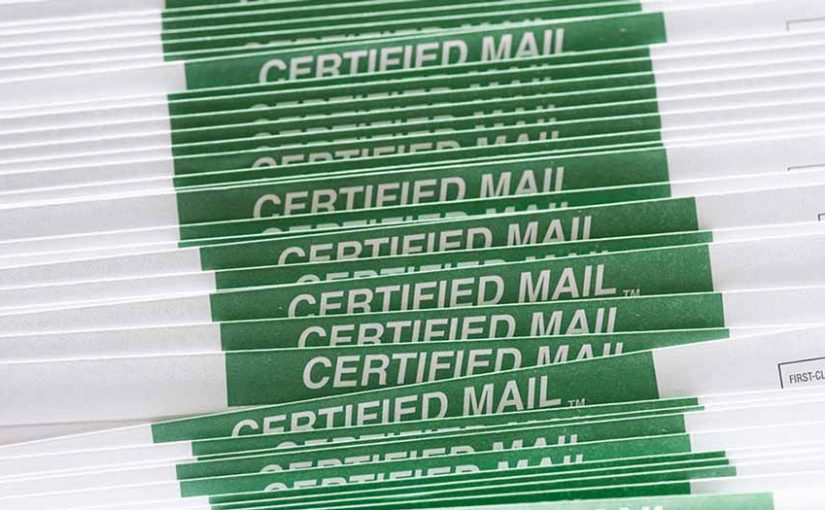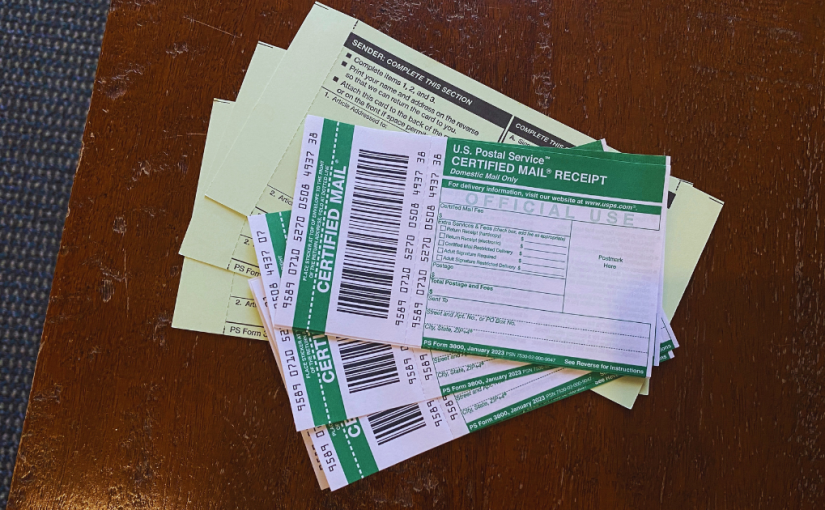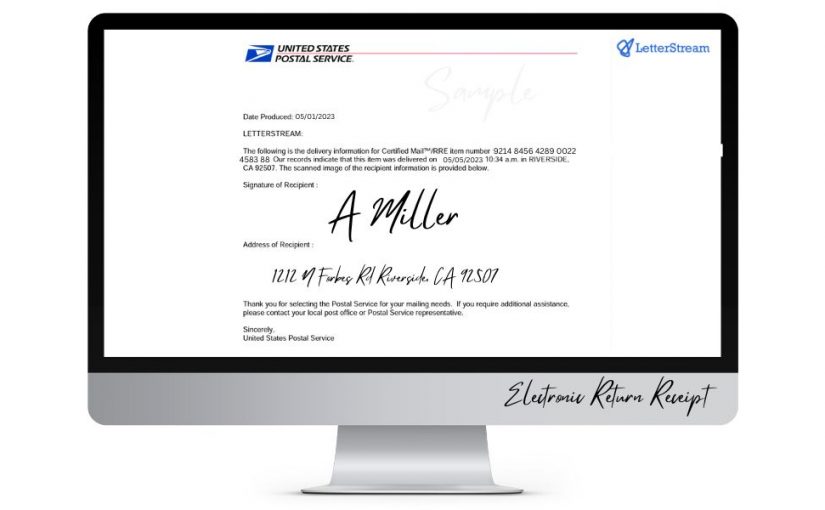When it comes to sending important documents, Certified Mail offers peace of mind. But did you know that managing Certified Mail online can streamline the entire process? If you’re still standing in line at the post office, it’s time to rethink your strategy. Let’s explore why Certified Mail is better managed online and how this method can save you time, effort, and even money. Sound good?
The Convenience Factor: Manage Certified Mail Anytime, Anywhere
Gone are the days when sending Certified Mail meant taking time out of your busy schedule to visit the post office. Managing Certified Mail online allows you to create and easily send your letters from any location—whether you’re sending Certified Mail from home, the office or even on the go, it’s extremely convenient.
With LetterStream, you can:
- Upload your documents securely.
- Easily select Certified Mail for your critical documents without the hassle of manual processing.
- Track your Certified Mail in real-time right from inside your account without having to type in your tracking number.
- For mail requiring a signature, there’s an option to choose an Electronic Return Receipt (ERR) in place of the old-fashioned Green Card and be able to see the digital signature in your account.
The convenience of sending Certified Mail online is particularly valuable for businesses that send a high volume of Certified Mail, such as legal firms, financial institutions, and HOAs. LetterStream’s seamless process eliminates manual steps, ensuring your mail gets out quickly and reliably.
Real-Time Tracking and Instant Documentation
One of the key benefits of Certified Mail is the ability to track its journey from sender to recipient. However, keeping track of physical receipts and status updates can be cumbersome when done manually.
LetterStream’s platform allows you to easily gain real-time tracking updates and access to detailed documentation at your fingertips. You can:
- Monitor delivery progress instantly within the platform.
- Access electronic delivery confirmations as soon as they are available.
- Download proof of mailing and delivery for your records.
This digital documentation ensures that you always have verifiable proof on hand, which can be crucial in industries requiring compliance with strict legal or regulatory standards.
Improved Efficiency for Businesses
Managing Certified Mail through online platforms reduces administrative overhead. Manually preparing, printing, and mailing Certified letters is both time-consuming and error-prone. LetterStream’s system streamlines these steps by automating key tasks, such as:
- Automated printing, folding, inserting, and mailing services.
- Bulk mailing options for high-volume needs.
- Address verification to prevent delivery errors for an additional fee.
- Expedite mailing option for the last-minute letters that need to be sent ASAP.
Businesses that frequently send Certified Mail—for example, for contracts, notifications, or compliance letters—can significantly reduce time spent on mailing tasks and allocate resources more effectively with LetterStream’s tailored solutions.
Cost Savings Through Automation
While Certified Mail is essential for critical documents, the costs of handling it manually can add up. Factor in postage, printing, administrative time, and travel to and from the post office, and you may find yourself with a hefty bill.
LetterStream helps mitigate these costs by offering customers the convenience of having it done for them. No extra money spent and the ability to get your time back to focus on other high priority tasks.
These savings are particularly impactful for small businesses looking to optimize their operational budgets. With LetterStream’s transparent pricing and scalable options, you can control costs without sacrificing service quality.
Enhanced Security and Compliance
In today’s digital world, security and compliance are non-negotiable. Certified Mail is already a secure method for sending sensitive documents, but managing it through LetterStream elevates those protections even further.
All LetterStream employees are HIPAA-certified, ensuring that documents containing Protected Health Information (PHI) are handled and mailed with the utmost security. Our IT department follows rigorous security protocols, including 128-bit encryption on the website, safeguarding sensitive data during every transaction. Physical security is equally robust—our production facilities allow no unescorted visitors, and access is strictly monitored with electronic sign-ins.
Additionally, LetterStream securely disposes of any unmailed printed documents through shredding and offers customers the ability to purge documents from their accounts at specified times. As part of ongoing initiatives to strengthen data protection, we are actively pursuing SOC 2 certification to further enhance compliance measures. Through these practices, we ensure that businesses in industries like healthcare, legal services, and finance can trust their data and communications are protected at every step.
These features are critical for industries that handle confidential information, including healthcare, legal services, and finance. LetterStream ensures that your data and communications are protected at every step.
Environmentally Friendly Mailing Solutions
Managing Certified Mail online isn’t just about convenience and efficiency—it’s also a step toward more sustainable business practices. By reducing the need for physical trips to the post office, as well as paper-based tracking and documentation, you can lower your carbon footprint.
LetterStream allows you to opt for digital receipts and records to minimize paper waste and to utilize batch processing to reduce the environmental impact of individual mailings.
For companies committed to corporate social responsibility (CSR) initiatives, online Certified Mail solutions like LetterStream align with broader sustainability goals.
Simplify Your Certified Mail Process
Certified mail is a crucial tool for sending important documents securely and with proof of delivery. By managing it online through LetterStream, you gain unparalleled convenience, efficiency, and security. Whether you’re a business leader, an HOA manager, or a legal professional, transitioning to an online solution can transform how you handle critical communications.
Ready to streamline your Certified Mail process? Explore Online Printing & Mail Services – Send Your Letters The Easy Way – LetterStream to learn more.
If you’re wondering how much is Certified Mail to send, click here to view our prices. If you’re wondering how to send a certified letter online through our website, create a free account here to get started.




